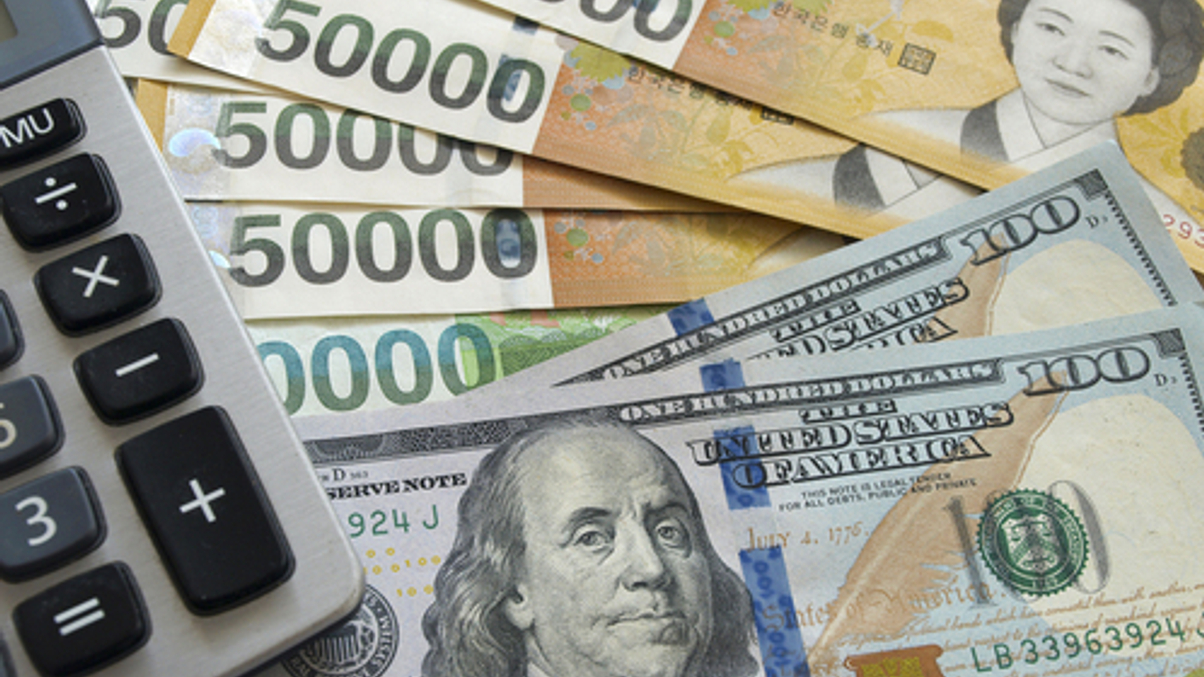Home bias takes a toll on performance for Korea’s NPS
The South Korean national pension fund has seen domestic investments dragging down returns in 2022, but public pressure has made it hard to neglect the Korean market.

Given the downturn in the Korean economy, Korea’s National Pension Service (NPS) is seeing its performance suffer — after having more than half of its total portfolio invested in domestic assets.
Sign in to read on!
Registered users get 2 free articles in 30 days.
Subscribers have full unlimited access to AsianInvestor
Not signed up? New users get 2 free articles per month, plus a 7-day unlimited free trial.
¬ Haymarket Media Limited. All rights reserved.


